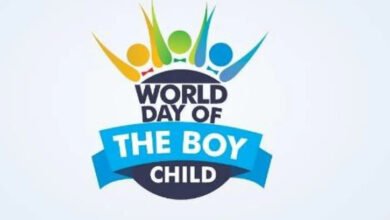Understanding Sextortion: A Growing Threat to Our Precious Children

Source: The Columbus Dispatch
Story:
Sextortion is a form of sexual exploitation where perpetrators blackmail victims over the release of private or explicit images. It has now emerged as a serious global threat, particularly targeted towards children. The tragic case of Olentangy High School student Braden Markus, whose death has inspired legislative change in Ohio, highlights the devastating impact of these crimes. Governor Mike DeWine’s signing of House Bill 531 into law marks an essential step in combating this growing issue.
Understanding Sextortion?
Sextortion occurs when an individual coerces or blackmails someone into providing sexual images, money, or other favors, threatening to share compromising images or information if their demands are not met. Often, perpetrators target minors by posing as peers on social media platforms to gain their trust before exploiting them.
The FBI reports more than 13,000 cases of online sextortion involving minors between October 2021 and March 2023, emphasizing its alarming prevalence. These crimes often involve severe psychological trauma for victims, including anxiety, depression, and, in extreme cases, suicide.
The Case of Braden Markus
Braden Markus was an Olentangy High School football player who fell victim to a sextortion scheme in 2020. Posing as a high school girl on social media, the perpetrator tricked Braden into sharing intimate images and then demanded $1,800, threatening to publish the images. Overwhelmed and terrified, Braden took his own life within 30 minutes of receiving the blackmail message.
In the wake of this tragedy, his family tirelessly advocated for stronger legal protections against sextortion. Their efforts culminated in the passage of House Bill 531, which:
- Criminalizes sextortion as a third-degree felony.
- Increases penalties when the victim is a minor, senior, or person with disabilities.
- Requires courts to consider the psychological and physical harm caused, including suicide, when sentencing offenders.
Lessons for Parents, Communities, and Society
1. Parental Awareness and Action
- Understand digital risks: Parents must educate themselves on the platforms their children use and the potential dangers.
- Monitor online activity: Open communication and periodic checks of children’s online interactions can prevent exploitation.
- Teach digital boundaries: Encourage children to be cautious about sharing personal information or images online.
2. Community Involvement
- Raise awareness: Schools, religious organizations, and community centers can organize workshops to educate children and families about sextortion.
- Support victims: Communities should create safe spaces for victims to share their experiences without fear of judgment or retaliation.
3. Societal and Legal Measures
- Strengthen laws: Braden’s Law in Ohio is a significant step, but other states and countries must implement similar measures.
- Promote mental health resources: Ensure accessible counseling for victims and their families to mitigate psychological harm.
- Hold tech companies accountable: Encourage platforms to improve user safety and detect suspicious behavior.
Conclusion
Sextortion is a heinous crime that preys on the vulnerabilities of children and leaves lasting scars on victims and their families. While laws like Ohio’s House Bill 531 are essential for holding perpetrators accountable, preventing sextortion requires a concerted effort from parents, educators, communities, and policymakers. By fostering open communication, strengthening digital safety measures, and supporting victims, we can protect our children and build a society resilient against exploitation.
Source of image: https://www.cleveland19.com/





